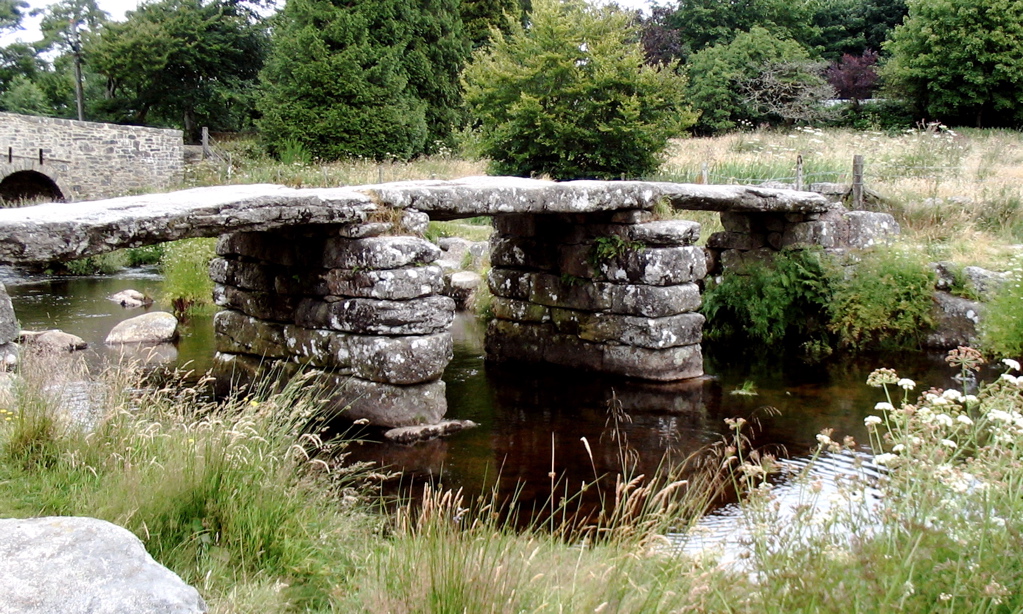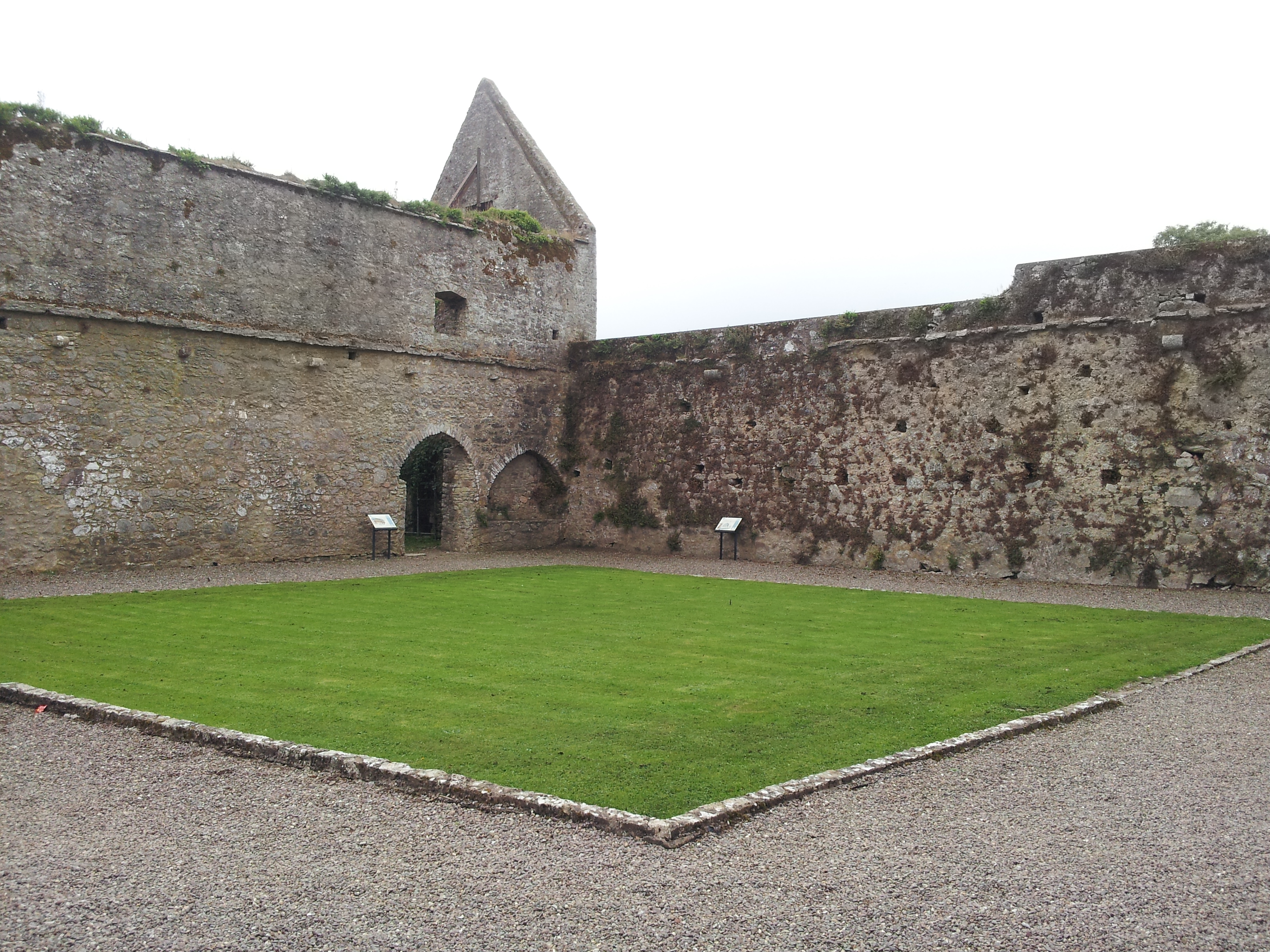|
Ballybeg Priory
Ballybeg Priory (Irish: ), also known as Ballybeg Abbey, the Abbey of St Thomas, and St Thomas's Priory, is a 13th-century priory of the Augustinian order near the town of Buttevant, County Cork, Ireland. It is home to one of the best preserved and most substantial Dovecote, dovecots in Ireland. The priory was founded in 1229 and dissolved in 1541, the land and buildings passing into private hands. Those parts of the buildings that have escaped from the stone being removed for use in other buildings are mostly late medieval. Along with Bridgetown Priory near Castletownroche, Ballybeg priory is one of only two substantial Augustinian monasteries in County Cork. The abbey, dovecot, and nearby tower known both as Ballybeg Castle and as Ballybeg Tower, are collectively considered a National monuments of Ireland, National Monument in State Care (#301). History The priory was founded by either Philip de Barry or his son William in 1229. It is dedicated to Thomas Becket, Saint T ... [...More Info...] [...Related Items...] OR: [Wikipedia] [Google] [Baidu] |
Thomas Becket
Thomas Becket (), also known as Saint Thomas of Canterbury, Thomas of London and later Thomas à Becket (21 December 1119 or 1120 – 29 December 1170), was an English nobleman who served as Lord Chancellor from 1155 to 1162, and then notably as Archbishop of Canterbury from 1162 until his murder in 1170. He is venerated as a saint and martyr by the Catholic Church and the Anglican Communion. He engaged in conflict with Henry II, King of England, over the rights and privileges of the Church and was murdered by followers of the king in Canterbury Cathedral. Soon after his death, he was canonised by Pope Alexander III. Sources The main sources for the life of Becket are a number of biographies written by contemporaries. A few of these documents are by unknown writers, although traditional historiography has given them names. The known biographers are John of Salisbury, Edward Grim, Benedict of Peterborough, William of Canterbury, William fitzStephen, Guernes of Pont-Sa ... [...More Info...] [...Related Items...] OR: [Wikipedia] [Google] [Baidu] |
Ballybeg Abbey
Ballybeg Priory (Irish: ), also known as Ballybeg Abbey, the Abbey of St Thomas, and St Thomas's Priory, is a 13th-century priory of the Augustinian order near the town of Buttevant, County Cork, Ireland. It is home to one of the best preserved and most substantial dovecots in Ireland. The priory was founded in 1229 and dissolved in 1541, the land and buildings passing into private hands. Those parts of the buildings that have escaped from the stone being removed for use in other buildings are mostly late medieval. Along with Bridgetown Priory near Castletownroche, Ballybeg priory is one of only two substantial Augustinian monasteries in County Cork. The abbey, dovecot, and nearby tower known both as Ballybeg Castle and as Ballybeg Tower, are collectively considered a National Monument in State Care (#301). History The priory was founded by either Philip de Barry or his son William in 1229. It is dedicated to Saint Thomas Becket, and was granted to the Canons Regular ... [...More Info...] [...Related Items...] OR: [Wikipedia] [Google] [Baidu] |
Clapper Bridge
A clapper bridge is an ancient form of bridge found on the moors of the English West Country (Bodmin Moor, Dartmoor and Exmoor) and in other upland areas of the United Kingdom including Snowdonia and Anglesey, Cumbria, Derbyshire, Yorkshire, Lancashire, and in northern Wester Ross and north-west Sutherland in Scotland. It is formed by large flat slabs of stone, often granite or schist. These can be supported on stone piers across rivers, or rest on the banks of streams. History Although often credited with prehistoric origin, most were erected in medieval times, and some in later centuries. They are often situated close to a ford where carts could cross. According to the Dartmoor National Park, the word 'clapper' derives ultimately from an Anglo-Saxon word, , meaning 'bridging the stepping stones'; the ''Oxford English Dictionary'' gives the intermediate Medieval Latin form , , "of Gaulish origin", with an initial meaning of "a pile of stones".French and Provençal ''clapier'' ... [...More Info...] [...Related Items...] OR: [Wikipedia] [Google] [Baidu] |
Bridgetown Abbey
The Augustinian Priory of St Mary, most commonly referred to as Bridgetown Priory and also as Bridgetown Abbey, is a ruined 13th-century Augustinian monastery of the Canons regular of St. Victor. It is located in Castletownroche, County Cork, Ireland near where the River Awbeg meets the Blackwater. Once an affluent monastery, it was dissolved by Henry VIII in 1541, and the ruins are currently managed by Cork County Council. The ruins are well preserved, and are among the most extensive ruins in Ireland dating from this period. Along with Ballybeg Priory, it is one of only two substantial Augustinian monasteries in County Cork. The priory is listed on the Record of Monuments and Places, number CO034-027002. History Early History Bridgetown Priory was founded sometime after 1202 and before 1216 on land donated to the Augustinians by Alexander fitz Hugh. It was colonized with monks from Newtown Abbey, in County Meath. It was dedicated to Saint Mary of the Bridge. It is likely ... [...More Info...] [...Related Items...] OR: [Wikipedia] [Google] [Baidu] |
Carucate
The carucate or carrucate ( lat-med, carrūcāta or ) was a medieval unit of land area approximating the land a plough team of eight oxen could till in a single annual season. It was known by different regional names and fell under different forms of tax assessment. England The carucate was named for the carruca heavy plough that began to appear in England in the late 9th century, it may have been introduced during the Viking invasions of England.White Jr., Lynn, The Life of the Silent Majority, pg. 88 of Life and Thought in the Early Middle Ages, ed. Robert S. Hoyt, University of Minnesota Press, Minneapolis. 1967 It was also known as a ploughland or plough ( ang, plōgesland, "plough's land") in the Danelaw and usually, but not always, excluded the land's suitability for winter vegetables and desirability to remain fallow in crop rotation. The tax levied on each carucate came to be known as " carucage". Though a carucate might nominally be regarded as an area of 120 acres (49 he ... [...More Info...] [...Related Items...] OR: [Wikipedia] [Google] [Baidu] |
Arpent
An arpent (, sometimes called arpen) is a unit of length and a unit of area. It is a pre-metric French unit based on the Roman ''actus''. It is used in Quebec, some areas of the United States that were part of French Louisiana, and in Mauritius and the Seychelles. Etymology The word ''arpent'' is believed to derive from the Late Latin ''arepennis'' (equal to half a ''jugerum''), which in turn comes from the Gaulish *''are-penno''- ("end, extremity of a field"). Unit of length There were various standard arpents. The most common were the arpent used in North America, which was defined as 180 French feet (', of approximately ), and the arpent used in Paris, which was defined as 220 French feet. * In North America, 1 arpent = 180 French feet = about 192 English feet = about 58.47 metres * In Paris, 1 arpent = 220 French feet = about 234 English feet = about 71.46 metres Unit of area Historically, in North America, 1 (square) arpent ('), also known as a French acre, was 180 Fr ... [...More Info...] [...Related Items...] OR: [Wikipedia] [Google] [Baidu] |
Hemp
Hemp, or industrial hemp, is a botanical class of ''Cannabis sativa'' cultivars grown specifically for industrial or medicinal use. It can be used to make a wide range of products. Along with bamboo, hemp is among the fastest growing plants on Earth. It was also one of the first plants to be spun into usable fiber 50,000 years ago. It can be refined into a variety of commercial items, including paper, rope, textiles, clothing, biodegradable plastics, paint, insulation, biofuel, food, and animal feed. Although chemotype I cannabis and hemp (types II, III, IV, V) are both ''Cannabis sativa'' and contain the psychoactive component tetrahydrocannabinol (THC), they represent distinct cultivar groups, typically with unique phytochemical compositions and uses. Hemp typically has lower concentrations of total THC and may have higher concentrations of cannabidiol (CBD), which potentially mitigates the psychoactive effects of THC. The legality of hemp varies widely among countrie ... [...More Info...] [...Related Items...] OR: [Wikipedia] [Google] [Baidu] |
Guano
Guano (Spanish from qu, wanu) is the accumulated excrement of seabirds or bats. As a manure, guano is a highly effective fertilizer due to the high content of nitrogen, phosphate, and potassium, all key nutrients essential for plant growth. Guano was also, to a lesser extent, sought for the production of gunpowder and other explosive materials. The 19th-century seabird guano trade played a pivotal role in the development of modern input-intensive farming. The demand for guano spurred the human colonization of remote bird islands in many parts of the world. Unsustainable seabird guano mining processes can result in permanent habitat destruction and the loss of millions of seabirds. Bat guano is found in caves throughout the world. Many cave ecosystems are wholly dependent on bats to provide nutrients via their guano which supports bacteria, fungi, invertebrates, and vertebrates. The loss of bats from a cave can result in the extinction of species that rely on their guano. U ... [...More Info...] [...Related Items...] OR: [Wikipedia] [Google] [Baidu] |
Marten
A marten is a weasel-like mammal in the genus ''Martes'' within the subfamily Guloninae, in the family Mustelidae. They have bushy tails and large paws with partially retractile claws. The fur varies from yellowish to dark brown, depending on the species; it is valued by animal trappers for the fur trade. Martens are slender, agile animals, adapted to living in the taiga, which inhabit coniferous and northern deciduous forests across the Northern Hemisphere. Classification Results of DNA research indicate that the genus ''Martes'' is paraphyletic, with some studies placing ''Martes americana'' outside the genus and allying it with ''Eira'' and ''Gulo'', to form a new New World clade. The genus first evolved up to seven million years ago during the Miocene epoch. Fossils Several fossil martens have been described, including: *†''Martes campestris'' (Pliocene) *†''Martes wenzensis'' (Pliocene) *†''Martes vetus'' (Pleistocene) Another described fossil species, ''Martes n ... [...More Info...] [...Related Items...] OR: [Wikipedia] [Google] [Baidu] |
Weasel
Weasels are mammals of the genus ''Mustela'' of the family Mustelidae. The genus ''Mustela'' includes the least weasels, polecats, stoats, ferrets and European mink. Members of this genus are small, active predators, with long and slender bodies and short legs. The family Mustelidae, or mustelids (which also includes badgers, otters, and wolverines), is often referred to as the "weasel family". In the UK, the term "weasel" usually refers to the smallest species, the least weasel (''M. nivalis''), the smallest carnivoran species. Least weasels vary in length from , females being smaller than the males, and usually have red or brown upper coats and white bellies; some populations of some species moult to a wholly white coat in winter. They have long, slender bodies, which enable them to follow their prey into burrows. Their tails may be from long. Weasels feed on small mammals and have from time to time been considered vermin because some species took poultry from far ... [...More Info...] [...Related Items...] OR: [Wikipedia] [Google] [Baidu] |
Ballybeg Priory St
Ballybeg is an anglicisation of the Irish language term, ''Baile Beag'', which means "Little Town". Ballybeg is the name of a number of small townlands and villages in Ireland, including: Villages and townlands * Ballybeg, County Antrim, a townland in County Antrim, Northern Ireland * Ballybeg, a townland in County Carlow, Ireland * Ballybeg in Clarecastle, County Clare, Ireland * Ballybeg Priory near Buttevant, County Cork, Ireland * Ballybeg, a townland in County Down, Northern Ireland * Ballybeg, a townland in County Laois, Ireland * Ballybeg, a townland near Strokestown, County Roscommon, Ireland * Ballybeg, County Tipperary, a townland in County Tipperary * Ballybeg, County Tyrone, a townland in County Tyrone, Northern Ireland * Ballybeg, County Waterford, a suburb of Waterford, Ireland * Ballybeg, Faughalstown, a townland in Faughalstown civil parish, barony of Fore, County Westmeath, Republic of Ireland * Ballybeg, Kilcumreragh, a townland in Kilcumreragh civil par ... [...More Info...] [...Related Items...] OR: [Wikipedia] [Google] [Baidu] |
Cloister
A cloister (from Latin ''claustrum'', "enclosure") is a covered walk, open gallery, or open arcade running along the walls of buildings and forming a quadrangle or garth. The attachment of a cloister to a cathedral or church, commonly against a warm southern flank, usually indicates that it is (or once was) part of a monastic foundation, "forming a continuous and solid architectural barrier... that effectively separates the world of the monks from that of the serfs and workmen, whose lives and works went forward outside and around the cloister." Cloistered (or ''claustral'') life is also another name for the monastic life of a monk or nun. The English term ''enclosure'' is used in contemporary Catholic church law translations to mean cloistered, and some form of the Latin parent word "claustrum" is frequently used as a metonymic name for ''monastery'' in languages such as German. History of the cloister Historically, the early medieval cloister had several antecedents: the ... [...More Info...] [...Related Items...] OR: [Wikipedia] [Google] [Baidu] |





.jpg)
